Pseudolarix amabilis – Golden larch

…From yellow leaves a blue jay calls
From yellow leaves a blue jay calls
And chipmunks run the old stone walls
When fall comes to New England…
-Cheryl Wheeler
Autumn within Mount Auburn presents an arboreal cornucopia of multiple colors. A sampling includes the reds of dogwood, maple, tupelo, Virginia sweetspire, oakleaf hydrangea, interplanted with the yellow of hickory, ginkgo, Korean mountain ash and larch among many others. One lesser known golden-yellow, which sometimes exhibit bright orange-bronze instead, is provided by the Golden larch, Pseudolarix amabilis. This native to China which grows 30-50 (100)-feet in height is one of four deciduous conifers that grow here, the others are bald cypress, dawn redwood and European larch.
While its common name includes larch, this is not a true larch (Larix), rather a close botanical relative, both of which are in the PINACEAE, the pine family. Pseudolarix is monotypic, a genus with only one species. It’s 1½- 2 ½-inch-long needle-like leaves, often slightly curved, occur singly and in spiral arrangements upon short spurs along the branches. A subtle but distinct difference between golden larch and larch are the longer needles and longer short spurs along the branches of Golden larch.
Cones however provide a marked difference between these two genera. Golden larch cones have been best described as being 2-3-inch-long and artichoke shaped. Initially a soft-green color, these cones turn a golden brown in maturity and eventually disintegrate, spilling their seeds to the wind. Larch cones by comparison remain intact, persisting on branches, providing effective winter identifying characteristics, especially when the deciduous needles have fallen away.
The International Conifer Conservation Programme lists natural populations of Golden larch in China as very rare in the wild, with few remnants in primary forests. Very little of the Chinese horticultural literature of the past 2000 years has been translated into western languages, but Golden larch has been cultivated for at least 1000 years. According to Peter Valder’s, The Garden Plants of China, “…it must have been abundant until at least the Ming dynasty [1368-1644] but by the 18th and 19th centuries it had become rare.”
Golden larch discussion allows for a brief historical tangent, with perhaps a cup of tea. In 1804 the Horticultural Society of London was created, the first horticultural society in the world, today’s Royal Horticultural Society (RHS). With high interest in obtaining new plants from China, this Society sent out a plant collector in 1821 and another one in 1823, with minimal results. It was after the 1838 accidental discovery of the Wardian Case, an early kind of terrarium, that higher percentages of plants began surviving the then months long sea voyages. At the end of the first Opium War (1839-1842), Britain through the Treaty of Nanjing won access to several additional Chinese ports. The Society was advised to send another collector. Their third China plant collector was Robert Fortune (1812-1880), famous Scottish plant explorer, who eventually would make four separate trips to China between 1843 and 1860, with additional trips to India, the Philippines and Japan.
Credit for introducing Golden larch into Britain (thence the west) belongs to Fortune. He introduced many plants into Britain, including choice species growing at Mount Auburn today such as Umbrella pine, lacebark pine, Chinese fringe tree, Chinese chestnut, bleeding heart, Japanese anemone, beauty berry, Japanese yew and Japanese plum yew. At least a dozen plants have been named to honor him including Rhododendron fortunei, Hosta fortunei, Euonymus fortunei, etc.
Regarding aforementioned cup of tea, Fortune achieved fame with an early form of corporate espionage. On behalf of the British East India Company, he surreptitiously studied tea cultivation husbandry. Coupled with this knowledge, in 1848 he also smuggled out of China sufficient numbers of Chinese tea plants (Camellia sinensis) into India helping Britain compete with China’s near monopoly on huge tea trading profits. During his last trip to China in 1858-59, he also represented the United States wishing to establish tea plantations in our southern states. Our Civil War led to the failure of this plan.
On your November visit to Mount Auburn, with or without a cup of tea, look for some of our Golden larch trees on Thistle Path, Sedum Path, Camellia Path, Cosmos Path, Pyrola Path, Hawthorn Path, Larch Avenue, Viburnum Avenue, Pond Road and Meadow Road among other locations.
November and trees blown bare and leaves stippling
The autumn-stripping wind and trees futilely fingering
Lee-wind after down-streaming foliage…
-John Ciardi
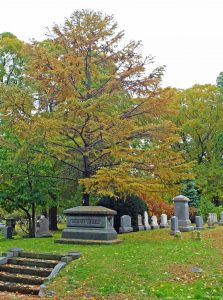
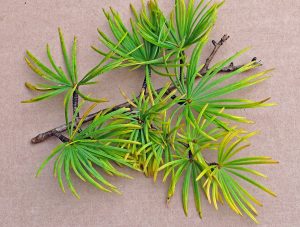
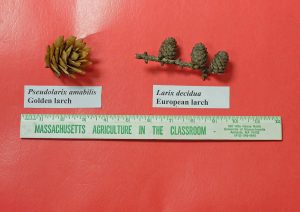
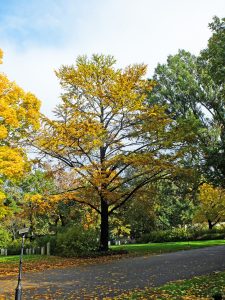
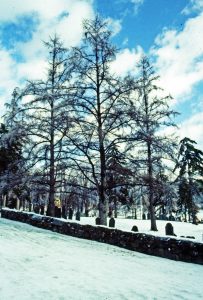
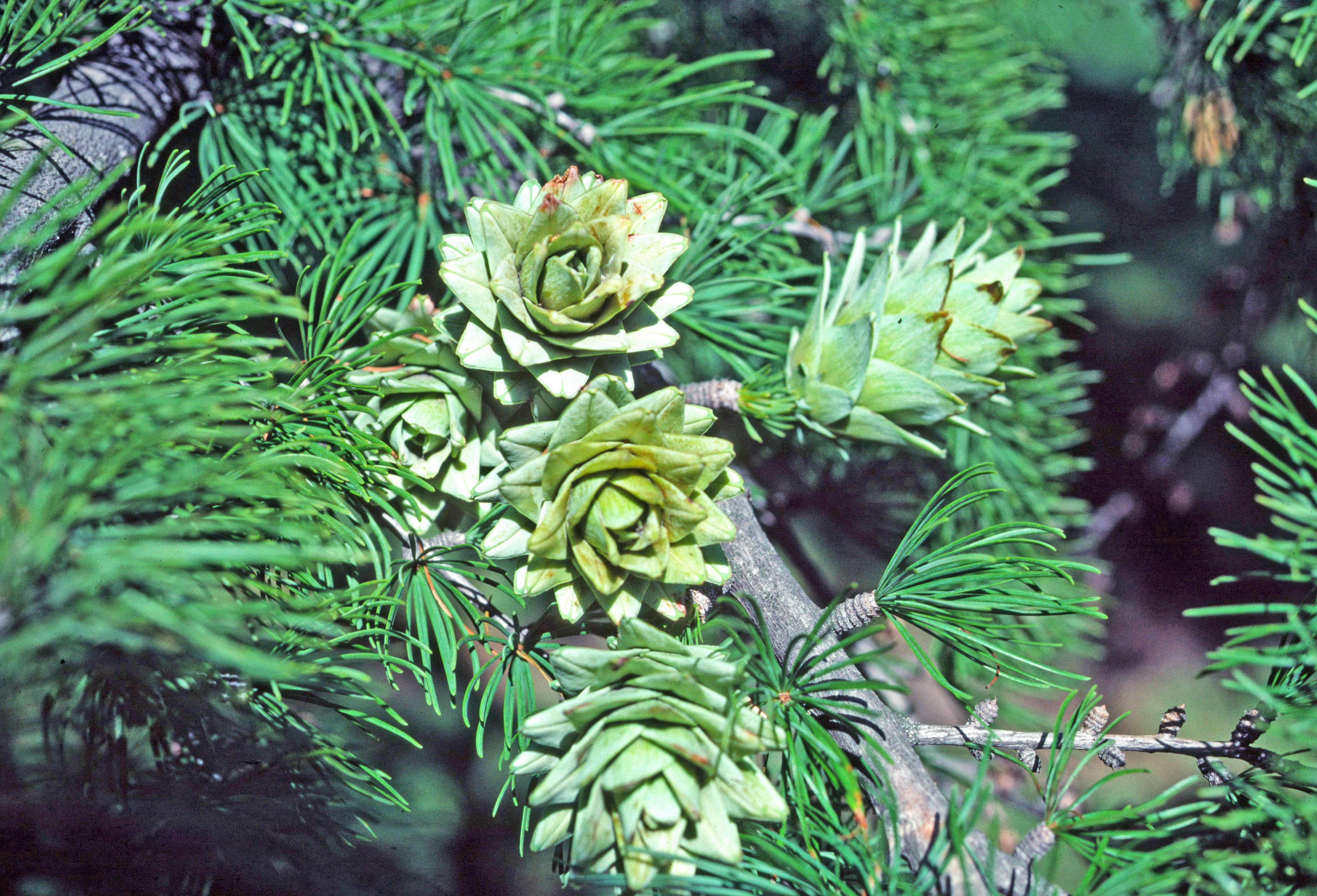

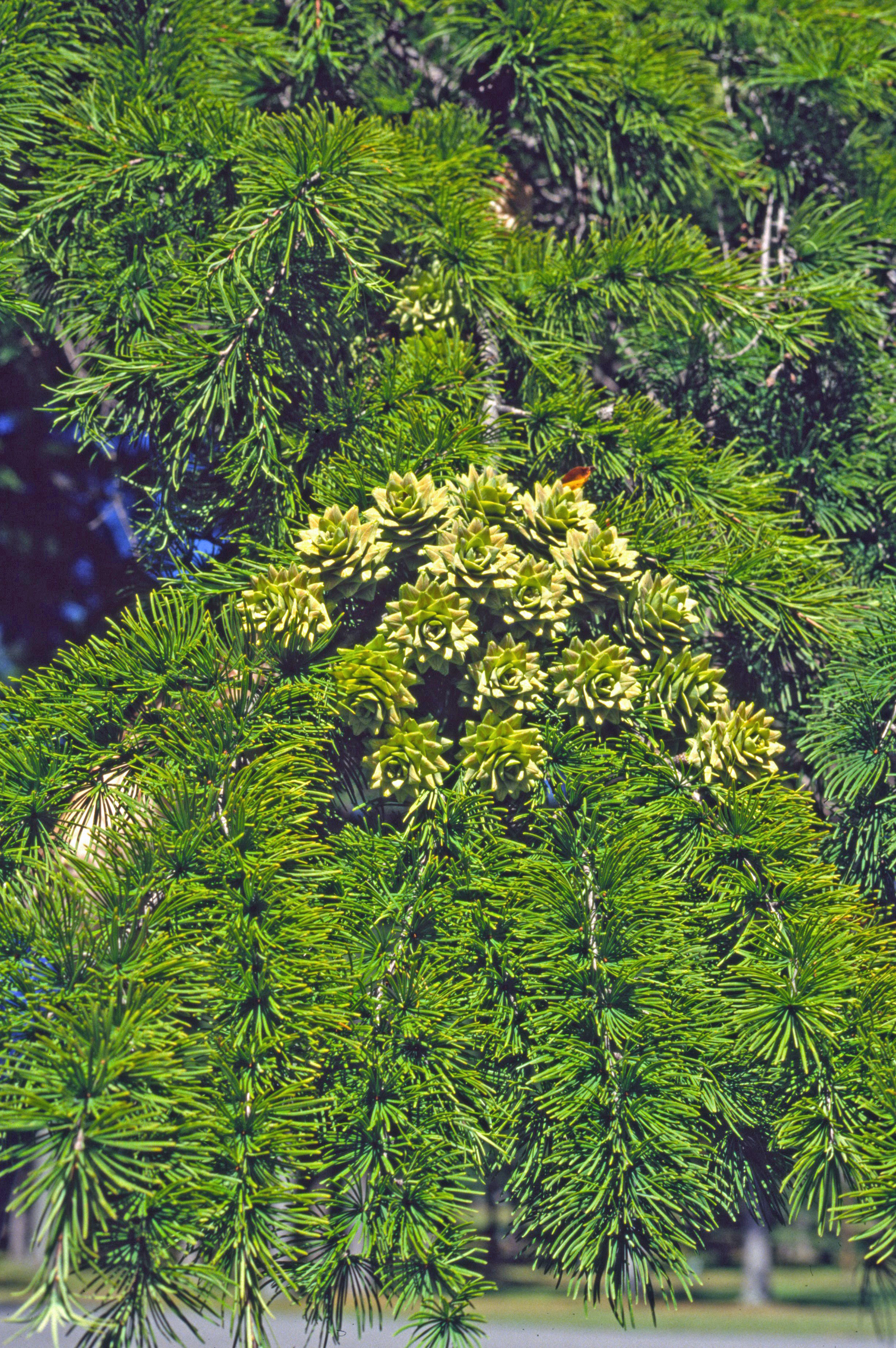
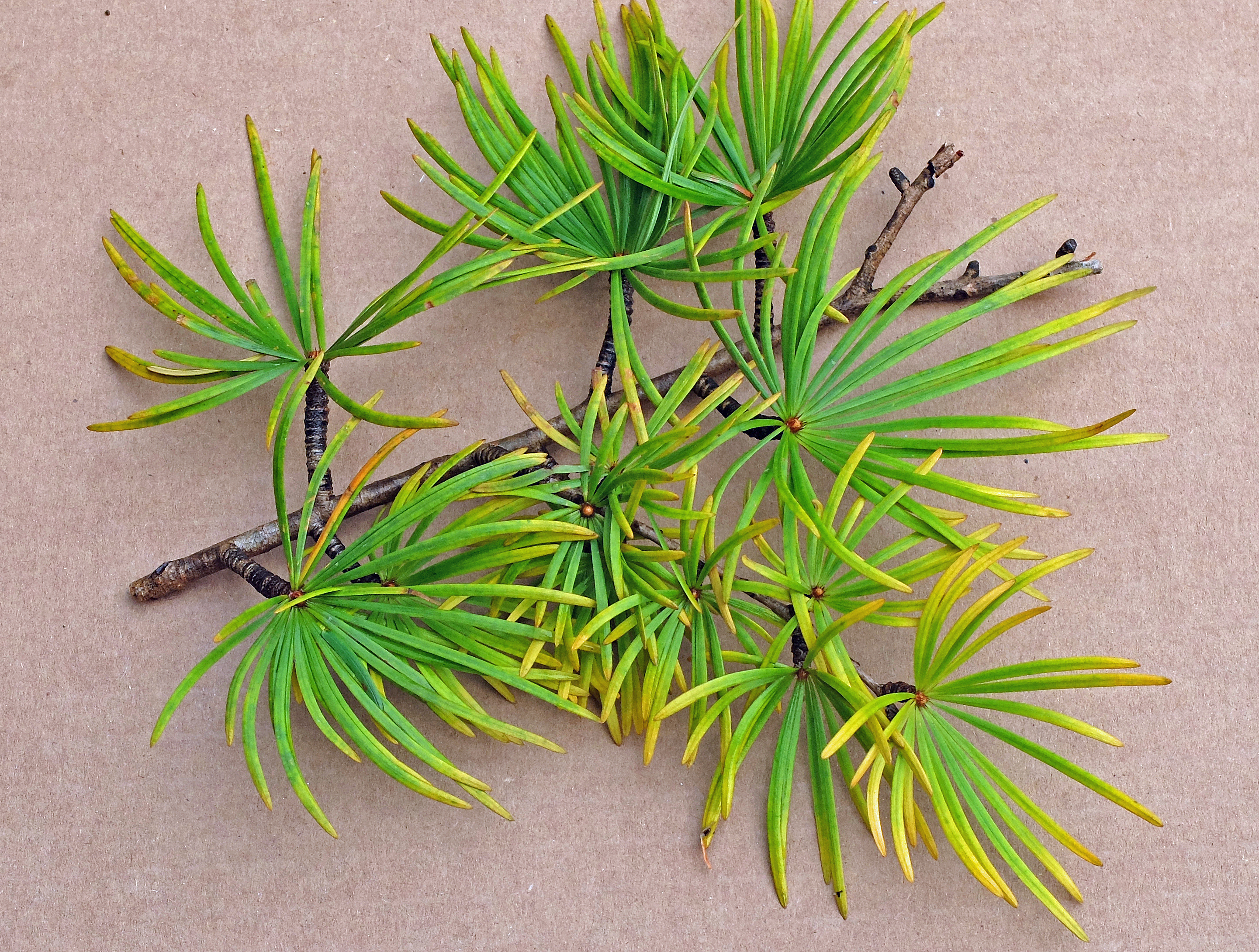
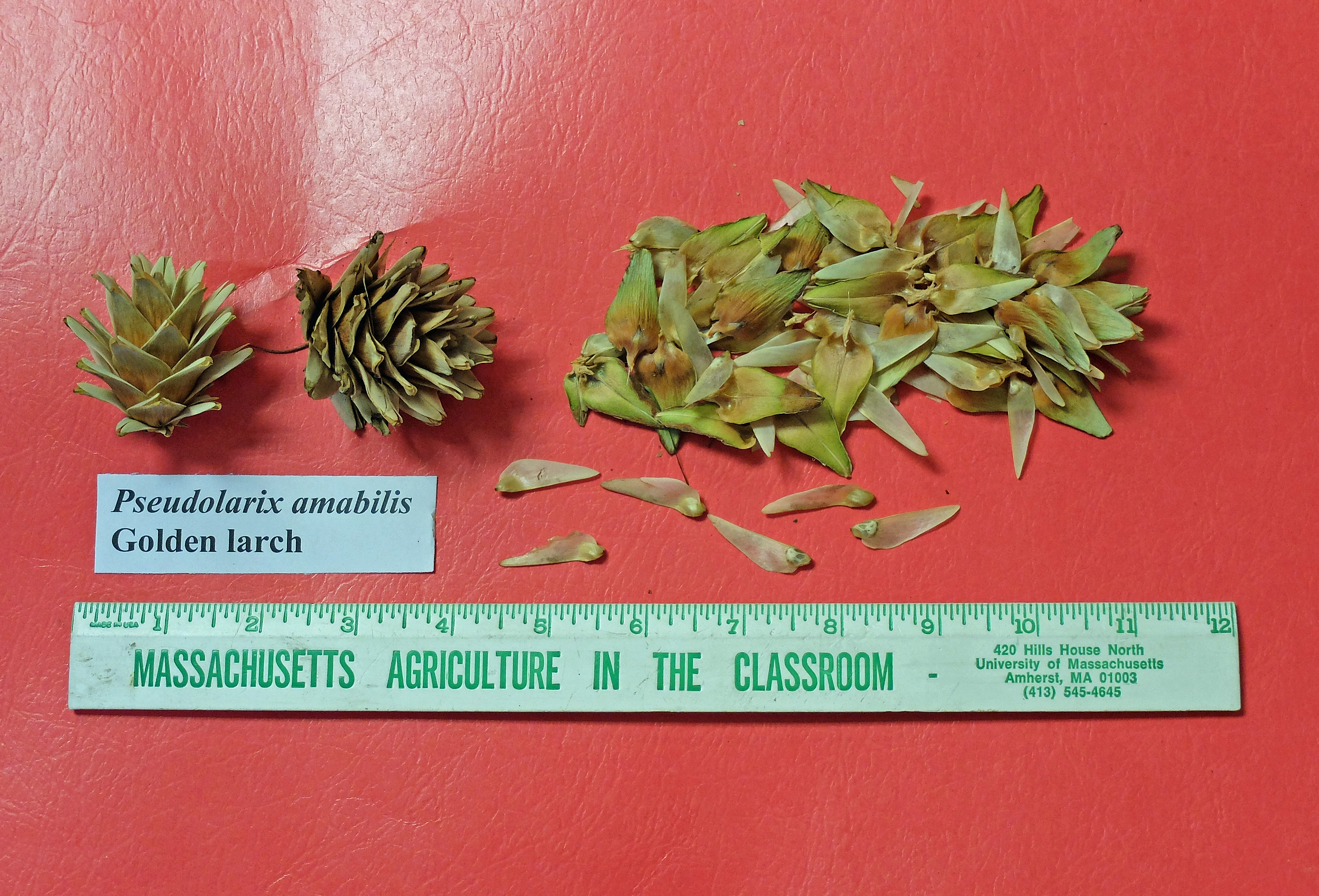

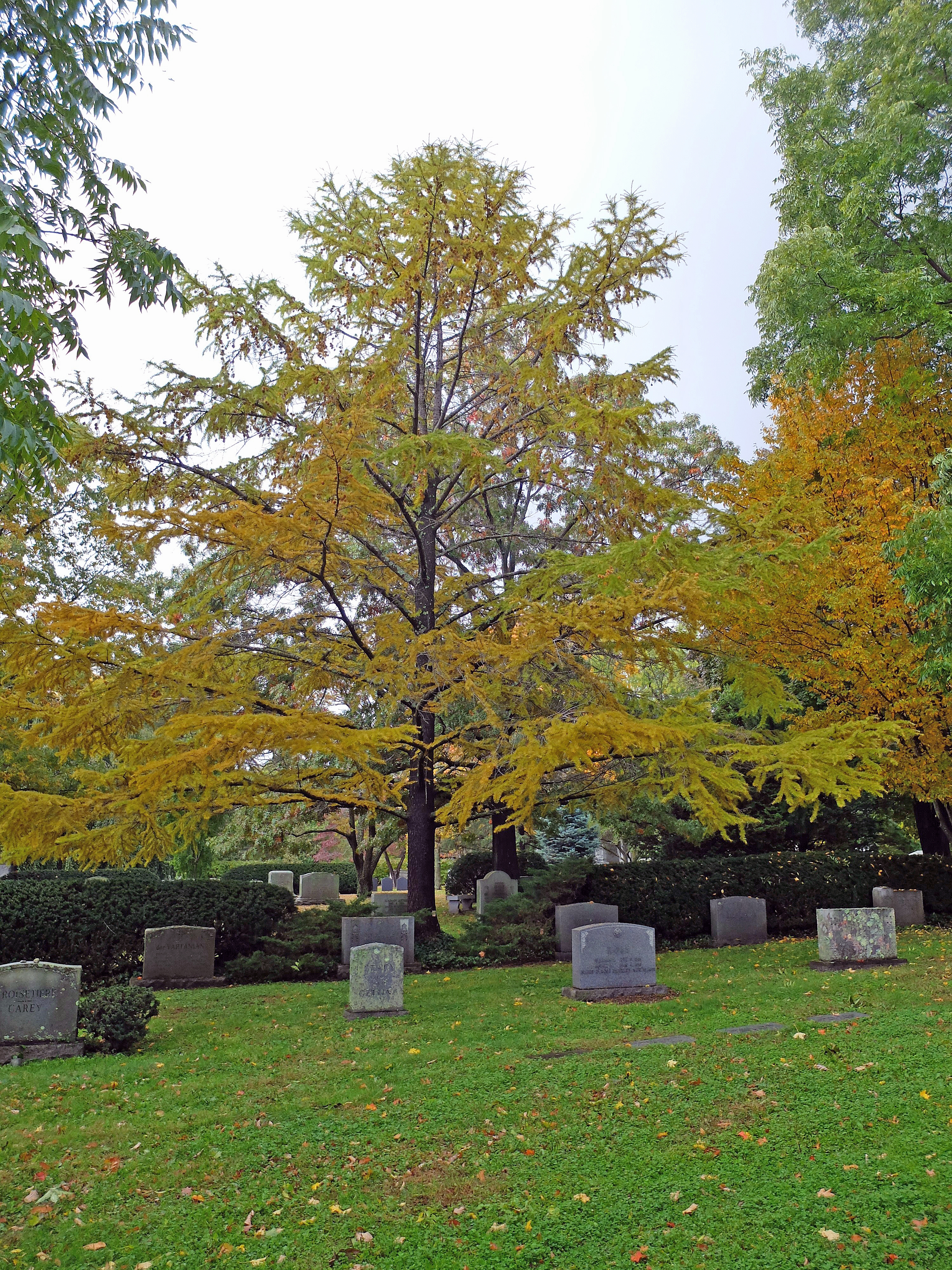

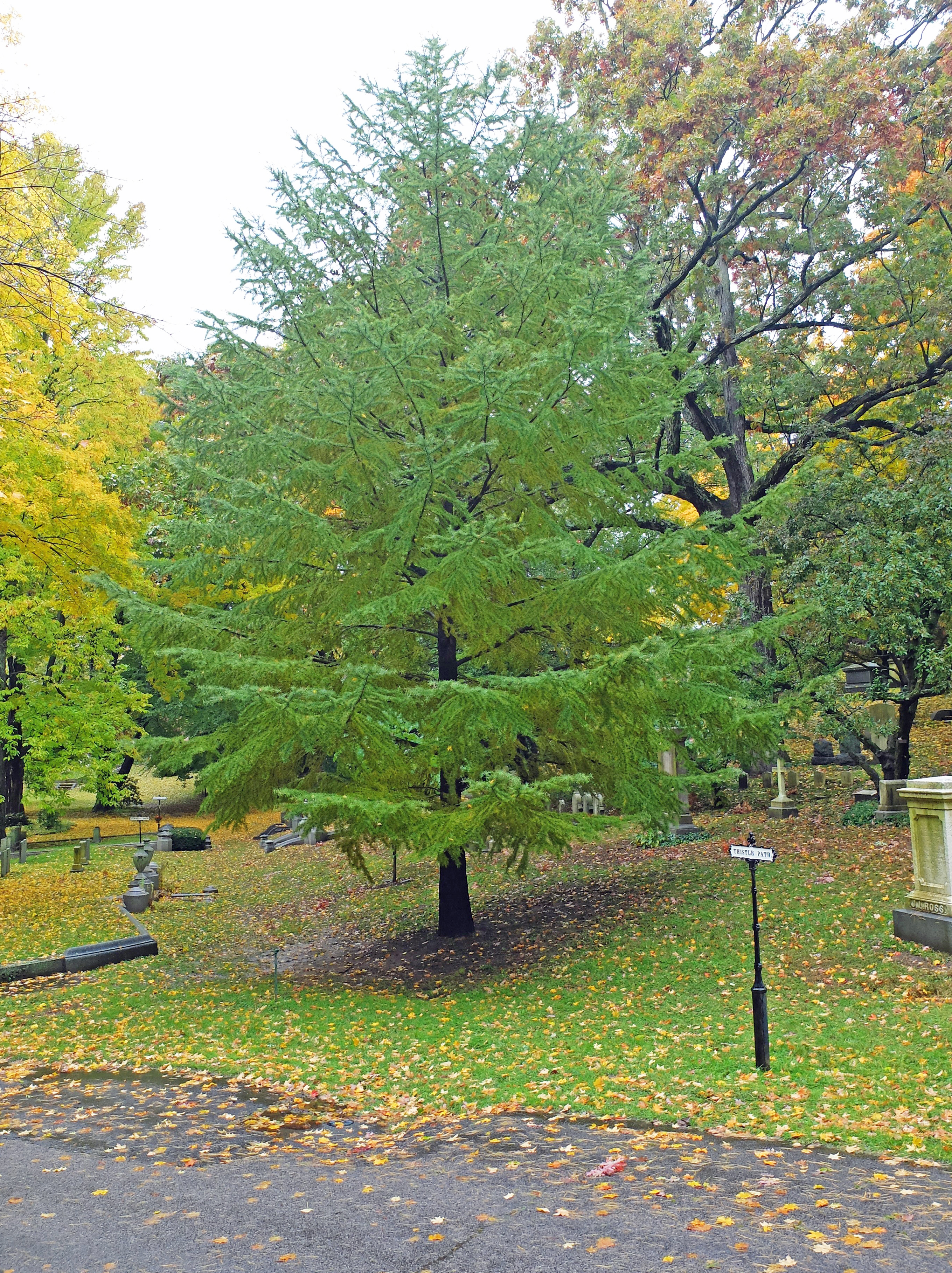
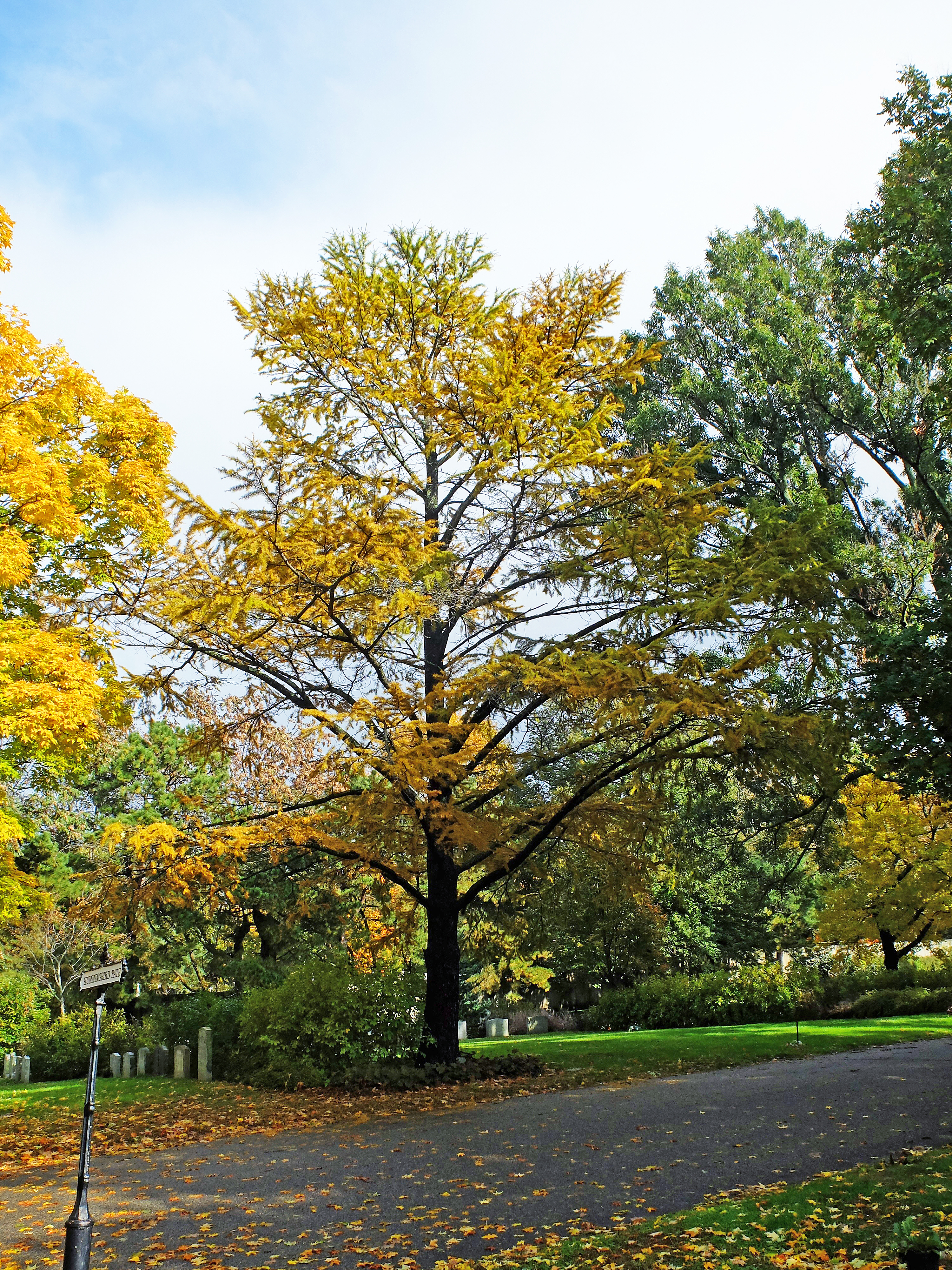
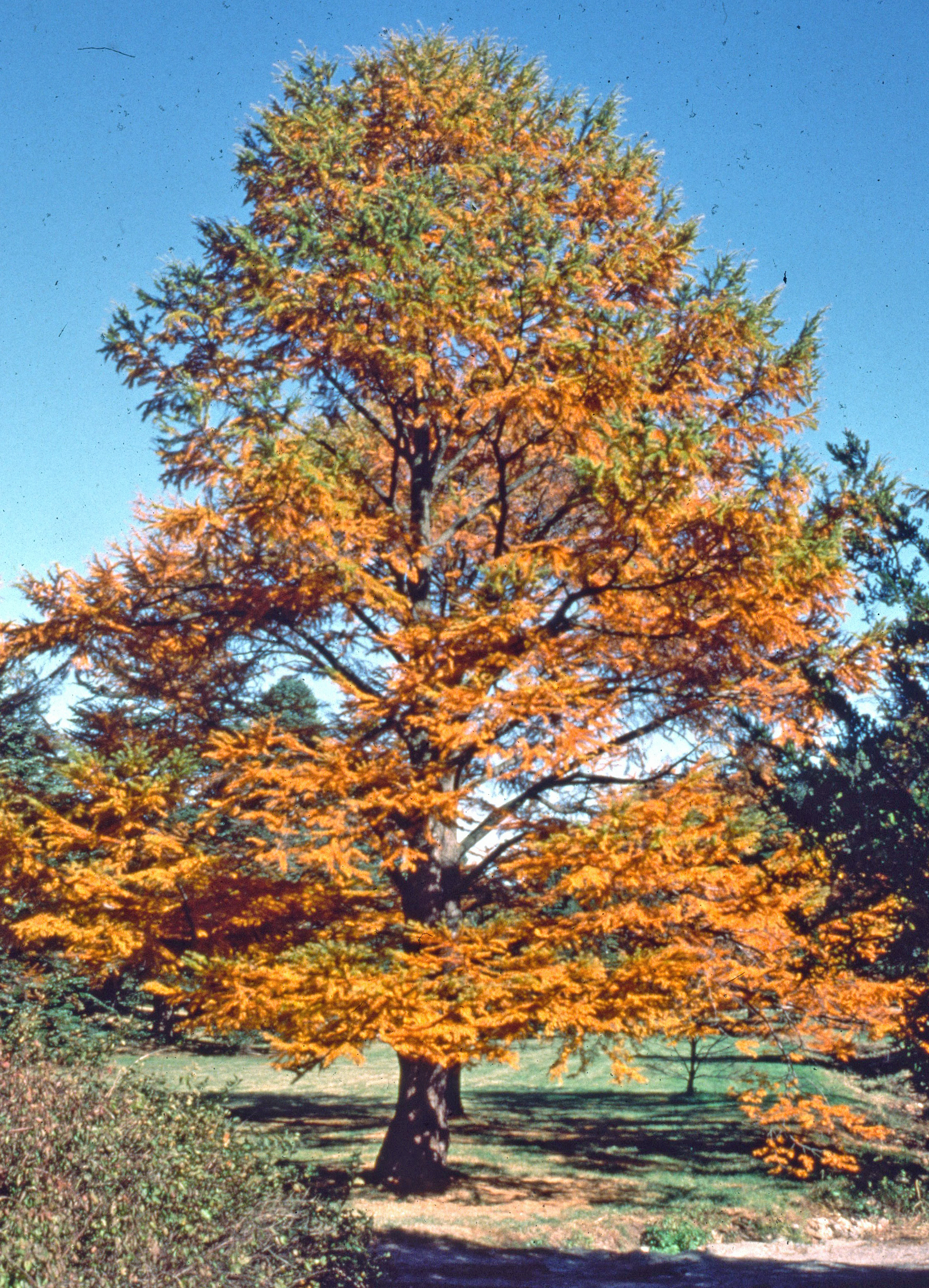
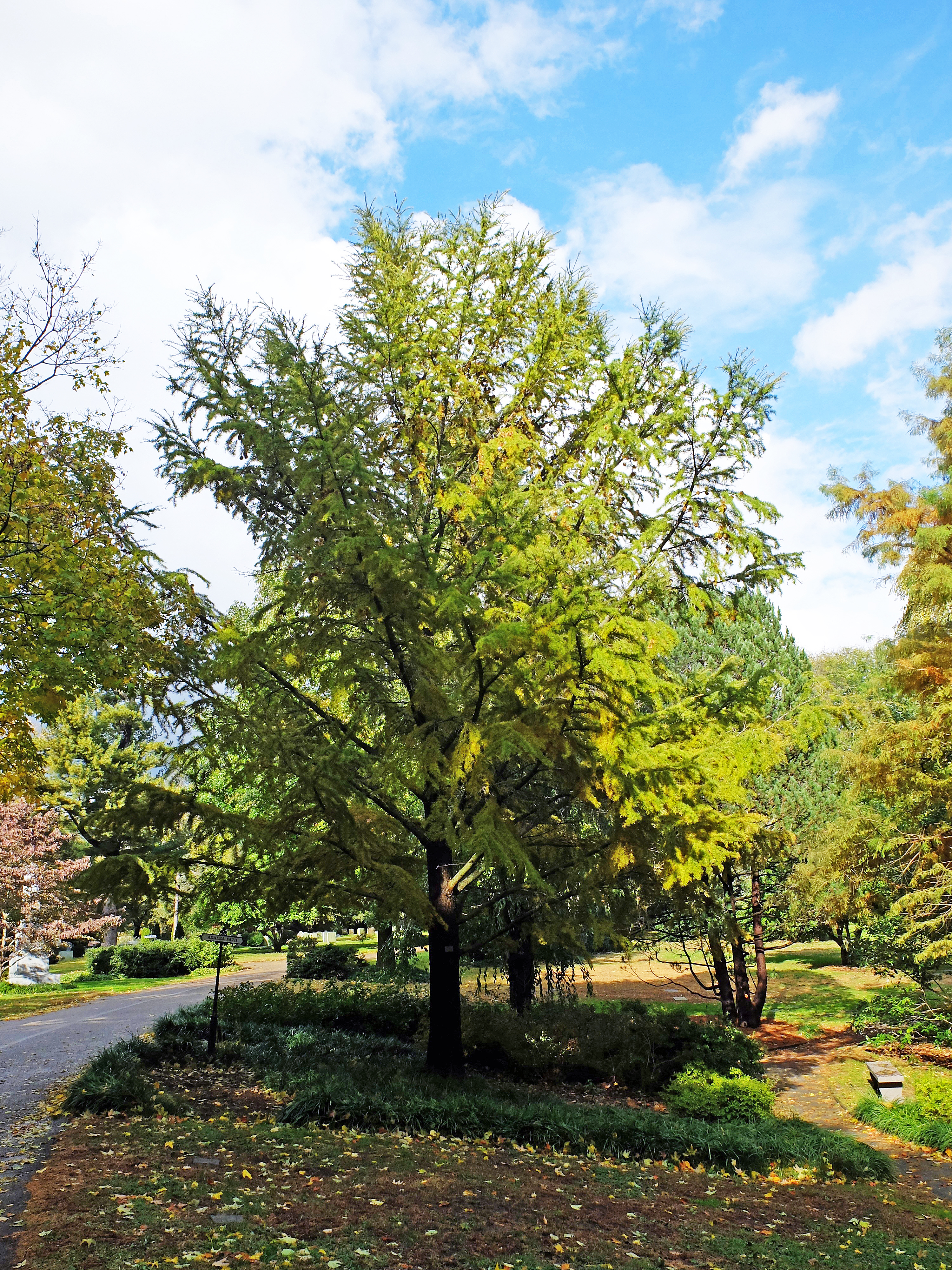
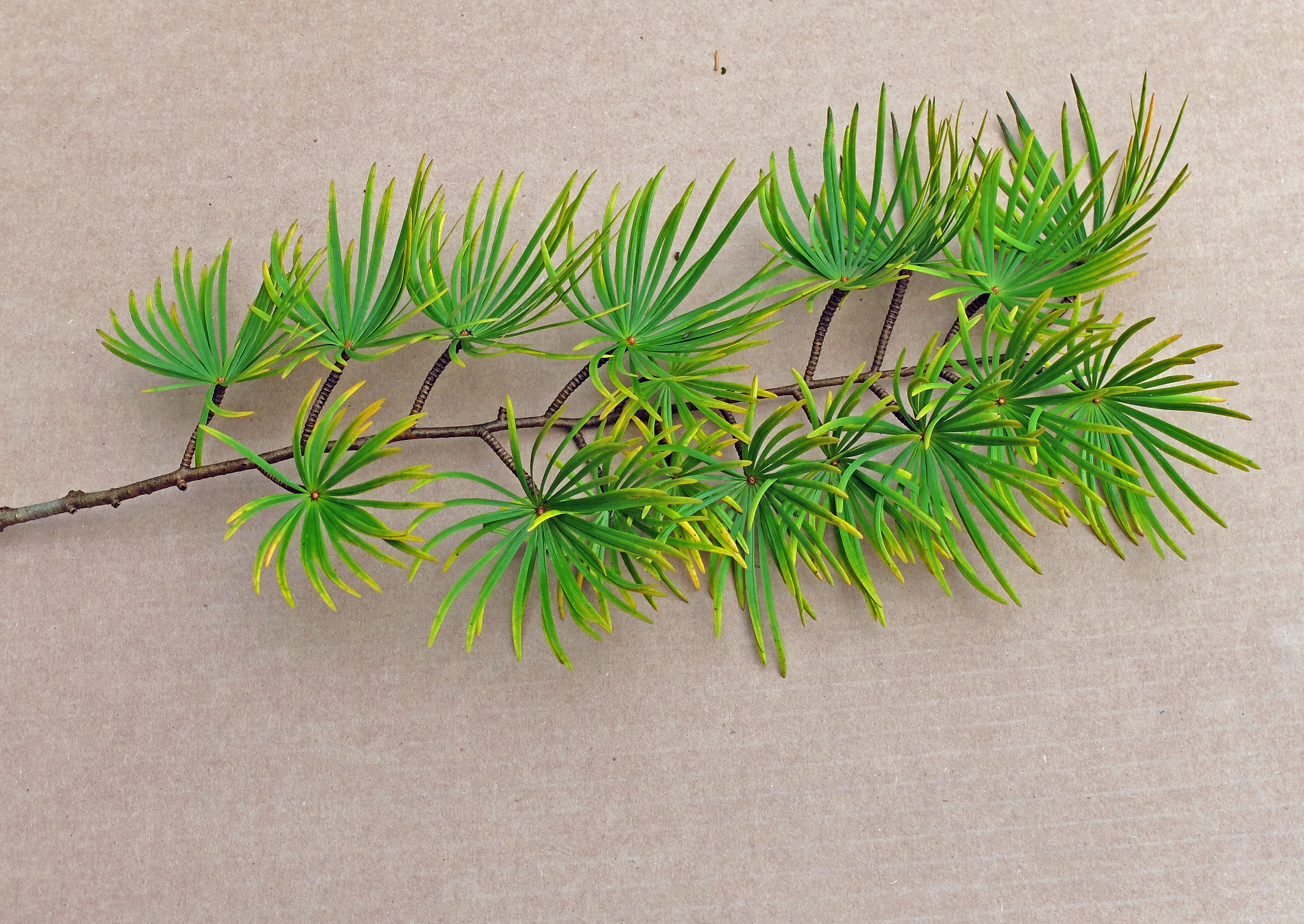
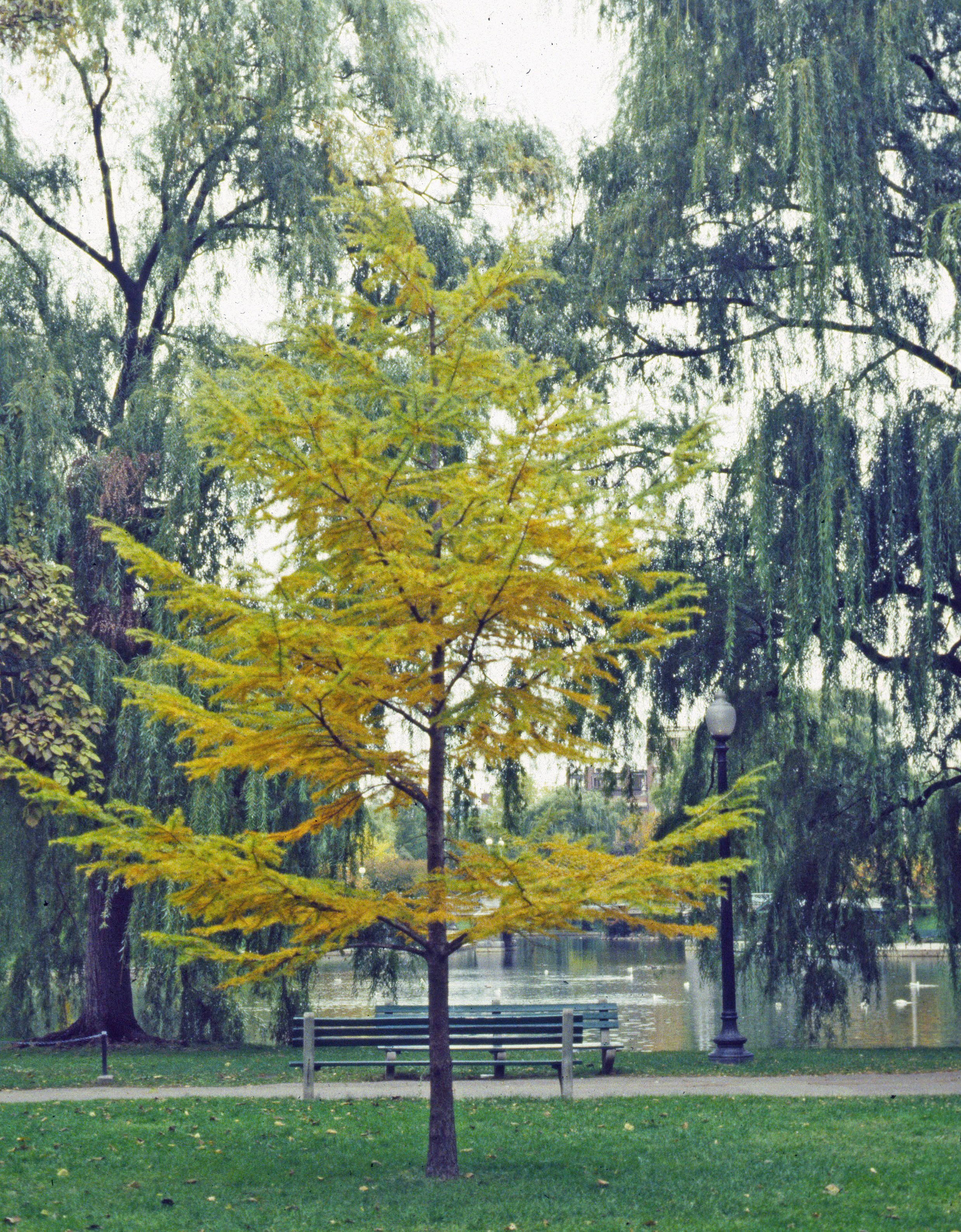
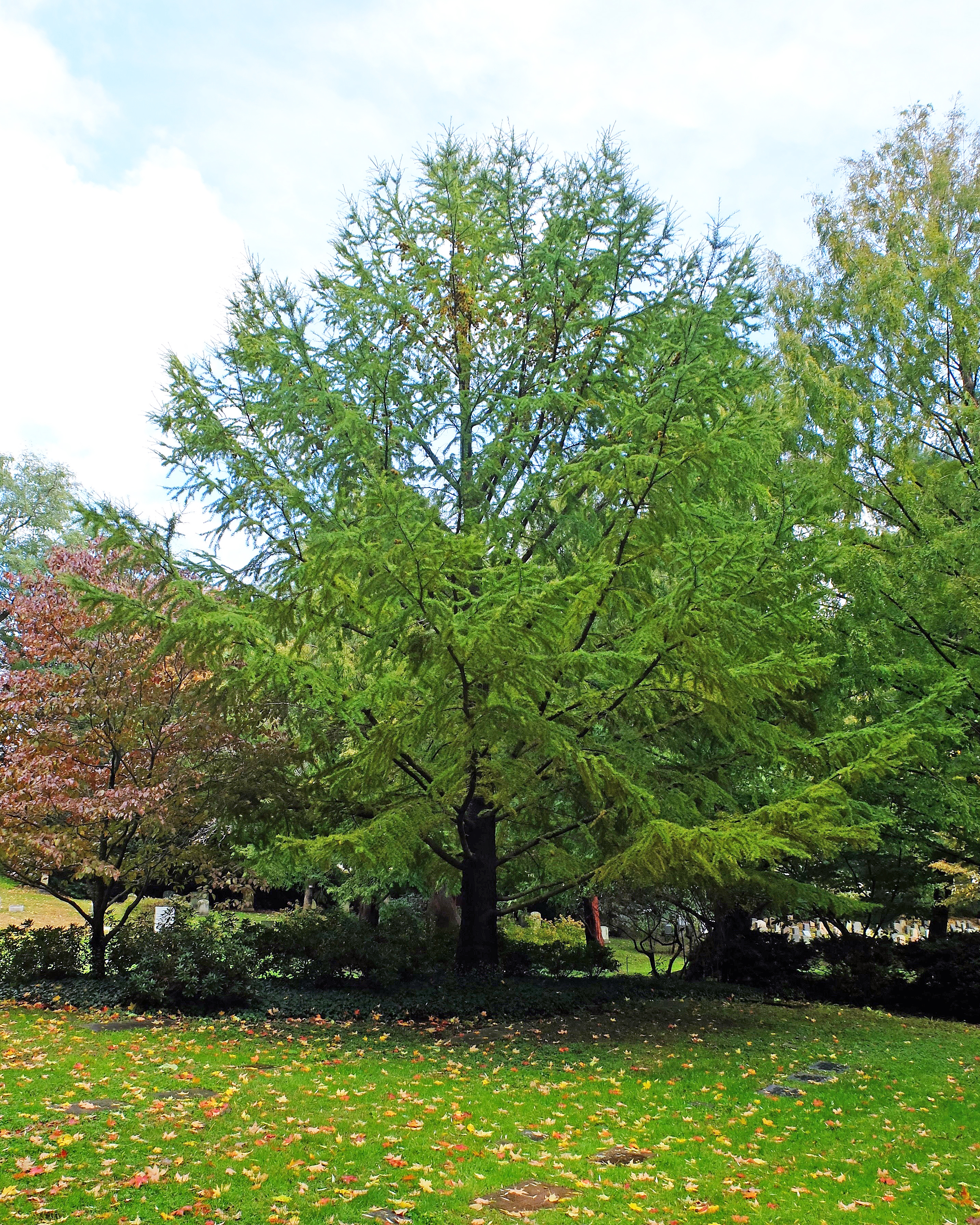
Leave a Reply